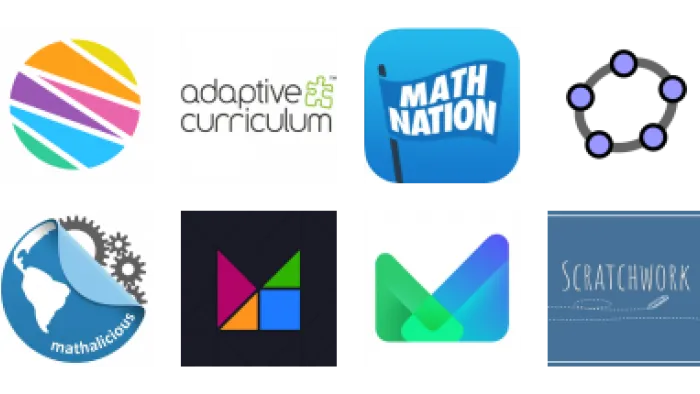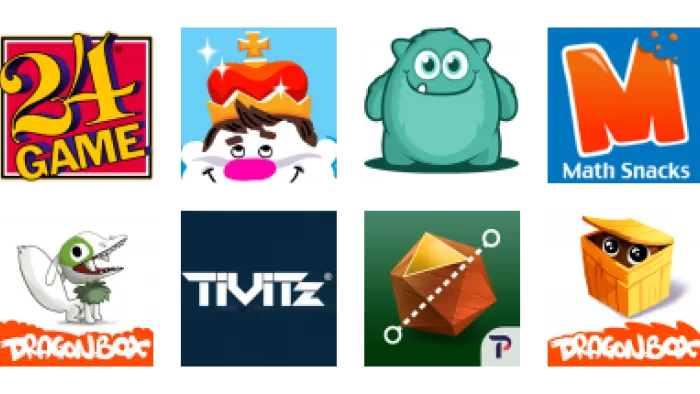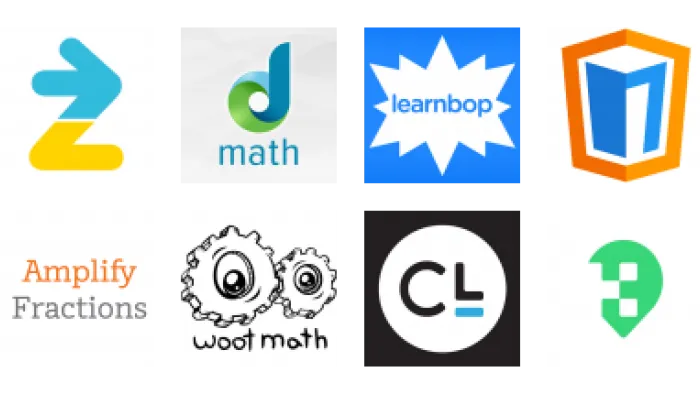Read how these teachers collaborated to promote learning through games.
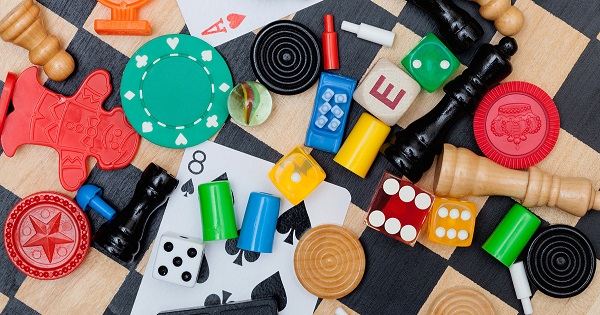
As a new middle school media specialist in a school that serves students in grades 5 through 8, I spent most of last year collaborating with Sara, our school's instructional technology facilitator. We focused on converting our media center from a traditional library model into a learning commons model. This model updates the library from a storehouse of information to a place where students can interact with information, learn 21st-century skills, and create content and materials in a whole new way.
Our language arts, social studies, and science teachers were quick to see the value in our new learning commons. But many math teachers didn't see the relevance to their subject area. After I regularly pursued a particularly skeptical math teacher, he finally agreed to give our learning commons a whirl. He explained his frustration in getting all his students engaged in pre-algebra concepts, and he challenged us to come up with an idea that would make them want to practice math. We decided game-based learning was the way to go.
Image
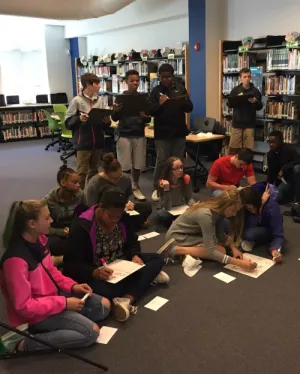 Human Battleship
Human Battleship

Enter human battleship. It's modeled after the board game of coordinated hits and misses, and we wanted students to team up to fight a mock naval battle and practice their problem-solving skills at the same time. When the students came in and found out that they would be playing a game, they were excited. When they found out it was a math game, however, they groaned.
To begin, we placed the students in pairs on opposite sides of a large portable green screen so the opposing "navies" could not see one another. We gave each student an index card containing an answer as well as a whiteboard marker, and we provided each pair with a small whiteboard to share so they could work out the math problems.
To start the "battle," a student on one side of the screen was given a math problem to solve on the whiteboard. Students on the other side were then asked if the answer given matched any of their cards. If it did, it was considered a "hit." The player who was hit then worked with a partner to stay on board by answering a challenge question. If they failed, then the player who was hit was captured by the opposing team. At the end, the winning team would be the one to amass the largest navy.
As the game progressed, we realized that the students who were not taking a turn solving problems were not engaged in the math. They were not paying attention if it wasn't their turn, and they quickly lost interest. Needing a new strategy, we changed the rules mid-play so that instead of only one person working on a math problem, the whole team worked to solve it. This immediately brought at least half of the students into the game, and they became much more engaged.
Another student told me, "I can't believe I'm saying this, but I am actually having fun in math class."
We also turned the "hit" round into a "sudden death" round, where both teams could try to solve the challenge question. The team that put the correct answer up first on a central whiteboard got to capture (or keep) the player in jeopardy. Suddenly, students who had rarely engaged in or enjoyed math were motivated to save or capture their classmates. They started asking teachers for help with equations, fractions, and other concepts that they were reviewing. One notoriously quiet student became a hero for his team when he correctly solved several problems in a row. Another student told me, "I can't believe I'm saying this, but I am actually having fun in math class."
Our skeptical colleague loved the lesson, and afterward we talked about more opportunities to come back with his students. Mission accomplished! Still, as Sara and I reflected on the lesson, we agreed that we could do more to engage all the students and also incorporate technology into the lesson.
Unexpected Enthusiasm
Only a week had passed before we had another chance, this time with a seventh-grade math teacher and her co-teacher. They expressed frustration, noting that their students had a test coming up and they were having trouble getting them to engage with the problems. We planned a second lesson and added a few twists.
As we explained the directions to her class, a reluctant yet bighearted student immediately perked up at the thought of being on an imagined battleship. His interest in military strategy prompted him to ask me some questions about gameplay (whether there was one main battleship, whether some students represented smaller ships, and so on), and I knew right then that the game was a win.
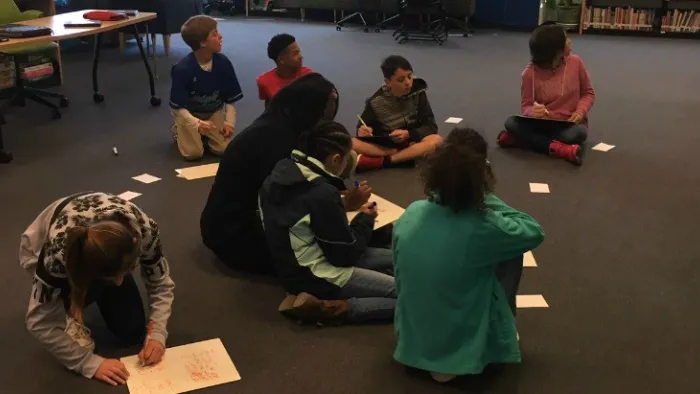
This time, we gave the question to the entire team to solve and encouraged collaboration. We distributed multiple whiteboards and markers to ensure that everyone could participate. We also placed all the questions into a Smart Notebook document, allowing us to randomize questions, unveil answers, and display the problems to everyone.
Students were working together and showing excitement in a way that, according to their classroom teachers, they just had not done before.
The team in play had three minutes to write the correct answer on the main whiteboard, which encouraged them to find mistakes and try again if they missed the question. If the team got a "hit" on the other side, then that whole team worked together on the challenge question to try to save their player. We also added a "Minute to Win It" activity after every other round where the students joined a Kahoot! and tested basic multiplication facts. The team who won the Minute to Win It round got to steal a player from the opposing team. This added a level of excitement and gave every student a chance to be successful and to help his or her team.
Student engagement was clear from the start. Every student in the class was actively participating in trying to solve the problems. Students were working together and showing excitement in a way that, according to their classroom teachers, they just had not done before. The fact that students were not getting all the problems correct did not deter them from trying to save their classmates, and the teachers were beaming. "They were trying to solve the problems," one of them said. "They were collaborating. They were excited. This was a win!"
Making It Even Better
As the class was leaving, Sara and I talked with several students about what we should do differently next time. As I saw the teacher's tweet later that day, it made me confident in the fact that there would be a next time. I was reminded of how much students enjoy game-based activities and how we as teachers often forget a basic tenet of education: Enjoyment leads to student learning. Playing human battleship gave the teachers an opportunity to see just how engaged their students could be and gave the students an opportunity to see that math could be something many of them had never imagined: fun.







